Looking to buy a new hot tub? Need an rough idea of how much it will cost per year to run? Wondering how much you can expect to pay?
Hot tubs are a great addition to any home, providing a relaxing and therapeutic experience. However, many people are hesitant to buy one due to concerns about the cost of running it. The cost of running one depends on various factors, including the energy efficiency of the tub, the cost of electricity, and how often the it's used. We'll cover each topic so you have an idea of how much you'll be paying to operate one.
How Much Does a Hot Tub Cost to Run?
When considering buying, it's important to factor in the cost of running it. The running cost depends on several factors, including the model, size, energy efficiency, and how often it's used. In this section, we'll discuss the associated various costs.
Electrical Hot Tub Running Costs
To get an idea of how much your electric bill will be, this depends on the heater's wattage, the pump's power, and the ambient temperature. The average variant uses between 1.5 and 3 kilowatts (kW) per hour, and the cost of electricity varies depending on the region and electricity tariff. Based on current energy tariffs, the most energy-efficient model cost between £1.00 and £1.30 per day to run.
Servicing and Maintenance
In addition to electricity, they require regular servicing and maintenance. This includes cleaning and replacing the filter, balancing the water's pH levels, and adding chemicals to keep the water clean. The cost of servicing and maintenance varies depending on the size and model. On average, owners can expect to spend between £250 and £350 per year on filters and maintenance products. You more about maintenance on our comprehensive article here.
Consumables and Water Care Products
They generally require a range of consumables and water care products, including chlorine, pH balancers, and algaecides. The cost of these products depends on the water capacity, how often it's used, and the water quality. On average, owners can expect to spend between £100 and £200 per year on these products.
To save money on running costs, owners can invest in an energy-efficient heater, use a cover to reduce heat loss, and keep the water temperature at a reasonable level. Regular servicing and maintenance can also help to keep running costs down by ensuring it's running efficiently.
What About Water Usage?
Hot tub water usage is an important factor to consider. The amount of water used will depend on the size and how often it is used. On average, they can hold more than 1,000 litres of water. This means that filling one up can use a significant amount of water.
However, it's important to note that they are designed to be drained and refilled periodically. This is because the water can become contaminated with bacteria and other impurities over time. The frequency of draining and refilling will depend on how often it's used and how well it is maintained.
To reduce water cost and usage, some owners choose to recycle the water using a filtration system. Due to the reduction of water that needs to be drained and refilled, you are likely to be much less out of pocket. However, it's important to note that this can also increase the amount of energy required to keep the water warm.
In addition to water usage, it's also important to consider the chemicals used to treat the water. This can include cleaning chemicals and sanitizers. The cost of these chemicals will depend on the type and how often it is used. It's important to follow the manufacturer's recommendations when it comes to water care to ensure that it remains safe and hygienic.
Estimated Cost of Running a Hot Tub in the UK
A luxurious addition to any home, but it's important to understand the costs associated with it. The running cost of a hot tub can vary based on several factors, including the energy efficiency, the cost of electricity, and the frequency of use. In this section, we'll break down what it's likely to set you back
Electricity Costs
The cost of electricity is one of the most significant factors. According to WhatSpa?, the most energy-efficient models on the market will cost between £1.00 and £1.30 per day at current energy tariffs of around 28p per kWh (updated April 2022). However, not all are built to the most efficient energy standards.
Based on the new Ofgem energy price cap (July 2023), the rough cost is per pence/kWh of electricity which is 30p. This can vary depending on where you live and the tariff your electricity is on. A model with a 3kW heater would cost 90p per hour to run on full for water heating alone.
Other Running Costs
In addition to electricity costs, there are other running costs associated with owning. These costs include filters, water care (for example, cleaning chemicals), and the yearly service that many companies recommend. According to Checkatrade, it's not unusual for owners to report spending £60 a month heating their tub, which works out at £720 per year.
The average cost of a hot tub cost is between £2,800 to £22,000, with the average running cost between £360 to £720 per year. Along with the costs of running, you will also need to take into account the costs of maintaining it. The average cost of filters and maintenance products is between £250 to £350 per year, according to Household Quotes.
How Much Does a Hot Tub Cost to Run a Week?
This can vary depending on factors such as the size, the insulation, the type of heater, and the frequency of use. On average, they can cost between £7 and £15 per week to run, but this can increase to £30 or more per week for larger models or those with poor insulation.
One of the biggest factors affecting the cost is the heater. They can be heated using electricity, gas, or wood, with electricity being the most common. Electric heaters are generally the most expensive to run, with costs ranging from £1 to £2 per hour. Gas heaters are cheaper, with costs ranging from £0.50 to £1 per hour, but they require more maintenance. Wood-fired heaters are the cheapest option, with costs ranging from £0.10 to £0.30 per hour, but they require more effort to maintain and are less convenient.
Another factor that can affect the cost is the frequency of use. The more often they are used, the more it will cost to run. However, some are designed to be more energy-efficient than others, which can help to reduce running costs. For example, some are designed with better insulation, which helps to retain heat and reduce the amount of energy needed to keep the water warm.
In addition to the cost of heating the water, there are other costs associated. These include the cost of chemicals, such as chlorine or bromine, which are needed to keep the water clean and safe to use. The cost of filters, which need to be replaced regularly, is another factor to consider. Finally, there is the cost of maintenance, which can include things like cleaning, repairing any damage, and replacing worn-out parts.
Energy Costs - How Much to Run a Hot Tub Per Day?
Although an enjoyable experience, it can be expensive. In general, the cost of per day can be broken down into two main categories: electricity and maintenance. Electricity costs will depend on the size and how often it is used. For an average-sized model that is used three or four times a week for around 30-45 minutes at a time, you can typically expect to pay between £400 - £475 per year in electricity costs, according to WhatSpa?.
Maintenance costs include filters, water care, and yearly servicing. According to Checkatrade, the yearly service that many companies recommend can cost between £100 - £250. Filters and cleaning chemicals can cost around £100 - £200 per year.
To reduce the running cost per day, there are several things that can be done. For example, investing in a well-insulated model can help to reduce electricity costs. Regular maintenance can also help to reduce the need for costly repairs and replacements. Additionally, using a cover when not in use can help to retain heat and reduce electricity costs.
How to Run a Hot Tub Economically
There are ways to reduce the cost and run it economically. Here are some tips to help you save money on your running costs.
Buy a Quality Home Spa
When buying a hot tub or spa, consider the size, model, and energy efficiency of the heater, pump, and filters. A larger version will cost more to run than a smaller one, so choose a size that suits your needs. Look for an energy-efficient model with a high kW rating and a well-insulated shell and cover.
| Type of Hot Tub | Cost Range (£) | Additional Notes |
|---|---|---|
| Inflatable | £300 to £1,500 | Easy to set up, portable, fewer features |
| Entry-Level Hardshell | £3,000 to £6,000 | Smaller size, fewer jets and options |
| Mid-Range | £6,000 to £9,000 | More features, better construction, larger sizes |
Shield It from the Wind
Wind can cause heat loss and increase the operations costs of your tub. Shield yours from the wind by installing a fence or a windbreak. This will help to keep it warm and reduce the energy needed to heat it.
Switch Energy Providers
Switching energy providers can save you money on your electricity bill. You may be on a variable tariff in the UK, look for a provider that offers a lower electricity tariff or a fixed-rate plan and work out how much you will save. You can also save money by using an energy-efficient heater or an air source heat pump.
Make Sure the Cover is Sealed Every Time You Get Out
Make sure the cover is sealed every time you get out. This will prevent heat loss and reduce the energy needed to heat the water. A well-insulated cover can also help to reduce the operational costs.
Close the Air Jets
Air jets can increase the energy consumption. Close the air jets when you are not using them to save energy and reduce the costs.
Turn the Temperature Down
Turning the temperature down by a few degrees can help to reduce the running costs of your hot tub. A lower water temperature will require less energy to heat and maintain.
Clean Your Filter
A dirty filter can reduce the efficiency and increase your cost. Clean your filter regularly to keep your hot tub running smoothly and efficiently.
Maintain pH Levels
Maintain the pH levels to prevent the growth of bacteria and algae. Use a pH balancer and chlorine or other water care products to keep the water clean and safe.
Is It Cheaper to Leave a Hot Tub on All the Time?
Many owners wonder whether it is cheaper to leave theirs on all the time or to turn it off when not in use. The answer can depend on various factors, such as the insulation, the climate, and the cost of electricity.
Leaving one on all the time is actually more efficient and cost-effective than turning it on and off. The reason is that they are designed to maintain a constant temperature, and turning them off and on can cause the temperature to fluctuate, which requires more energy to get back to the desired temperature.
Moreover, modern versions are designed to be energy-efficient, and they use insulation and covers to keep the water warm. Therefore, leaving it on all the time does not necessarily mean that it will consume more energy. In fact, turning one on and off can cause wear and tear on the heating system, which can lead to higher repair costs in the long run.
However, it is important to note that leaving one on all the time can increase the risk of accidents and injuries, especially if there are children or pets around. Therefore, it is recommended to use a good quality hot tub cover and to secure it with locks or straps when the hot tub is not in use. This can also help to reduce heat loss and save energy.
Conclusion - Running cost of your hot tub
In conclusion, the cost can vary greatly depending on a variety of factors. The most energy-efficient on the market can cost between £1.00 and £1.30 per day at current energy tariffs of around 28p per kWh. However, not all are built to the most efficient energy standards.
Other running costs include filters, water care (for example, cleaning chemicals), and the yearly service that many companies recommend. While the most energy-efficient might cost under £1 a day to heat, it's not unusual for owners to report spending £60 a month heating their tub, which works out at £720 per year.
The rough cost, based on the new Ofgem energy price cap (July 2023), is per pence/kWh of electricity which is 30p. This can vary depending on where you live and the tariff your electricity is on. Based on this, a tub with a 3kW heater would cost 90p per hour to run on full for water heating alone.
| Cost Category | Cost Per Day (£) | Cost Per Week (£) | Average Annual Cost (£) |
|---|---|---|---|
| Electrical Costs | Between £1.00 and £1.30 | Between £7.00 and £9.10 | Between £365.00 and £474.50 |
| Yearly Service | - | - | Between £100 and £250 |
| Filters and Cleaning Chemicals | - | - | Between £100 and £200 |
| Consumables and Water Care | - | - | Between £100 and £200 (Average: approx. £0.27 to £0.55 per day) |
FAQ
Q: How much does it cost to buy a hot tub?
A: On average, you can expect to pay between £3,000 to £10,000 or more in the UK. Here's a breakdown of some general price ranges:
-
Inflatable: These are typically the most affordable option and can cost anywhere from £300 to £1,500. They are easy to set up and portable but may not have as many features as more expensive models.
-
Entry-Level Hardshell: Basic hardshell models with fewer features can range from £3,000 to £6,000. These are often smaller in size and may have fewer jets and options.
-
Mid-Range: Tubs in the mid-range category, which offer more features, better construction, and larger sizes, typically cost between £6,000 to £9,000.
-
High-End: High-end versions with top-of-the-line features, advanced technology, and premium materials can cost £10,000 or more. These may include larger models, more jets, LED lighting, advanced filtration systems, and additional accessories.
-
Custom or Luxury: For custom-built or luxury models with extensive features and bespoke designs, the cost can exceed £20,000 or even more.
Q: How much does it cost to run a hot tub?
A: This varies depending on several factors, such as the energy efficiency, the cost of electricity in your area, and how often and how long you use your hot tub.
Q: Does the cost to run a hot tub depend on the size of the hot tub?
A: Yes, the size can affect how much it costs to run. Larger models will generally require more energy to heat and maintain the desired temperature compared to smaller versions. The size will affect how much energy your hot tub uses.
Q: Can energy-efficient hot tubs help reduce the cost of running a hot tub?
A: Yes, energy-efficient tubs can help reduce the costs. These are designed to minimise energy consumption by using advanced insulation, efficient heating systems, and programmable controls. Investing in an energy-efficient hot tub can save you money in the long run.
Q: How much energy does a hot tub use?
A: The amount of energy used can vary depending on factors such as the size, insulation, and temperature settings. On average, it will use around 500 to 1500 kilowatt-hours (kWh) per month.
Q: How does the cost of electricity affect how much it costs to run a hot tub?
A: The cost of electricity in your area will directly impact the cost. Higher electricity rates will result in higher monthly energy costs.
Q: How much water does a hot tub hold?
A: The amount of water they can hold depends on its size and design. Most can hold anywhere from 150 to 500 gallons of water.
Q: Does draining and refilling a hot tub affect the cost of running it?
A: Yes, draining and refilling can have an impact on the cost of running it. When you drain and refill your hot tub, you will need to heat the new water, which will increase your energy costs. However, this is a necessary maintenance task to ensure the cleanliness and proper functioning.
Q: Does heating a hot tub cost more in colder climates?
A: Yes, heating in colder climates will generally cost more. Colder ambient temperatures will cause the tub to lose heat more quickly, meaning the heater will need to work harder and use more energy to maintain the desired temperature.
Q: Can leaving your hot tub running all the time save money?
A: Leaving it running all the time is not recommended and may not save you money. It is more energy-efficient to only heat your hot tub when you plan to use it. Additionally, many have programmable controls that allow you to set specific operating hours, helping you save on energy costs.
Q: Are inflatable hot tubs cheaper to run compared to traditional hot tubs?
A: Inflatable versions tend to be more energy-efficient and have lower operating costs compared to traditional models. They are typically well-insulated and have smaller water capacities, resulting in reduced energy consumption.


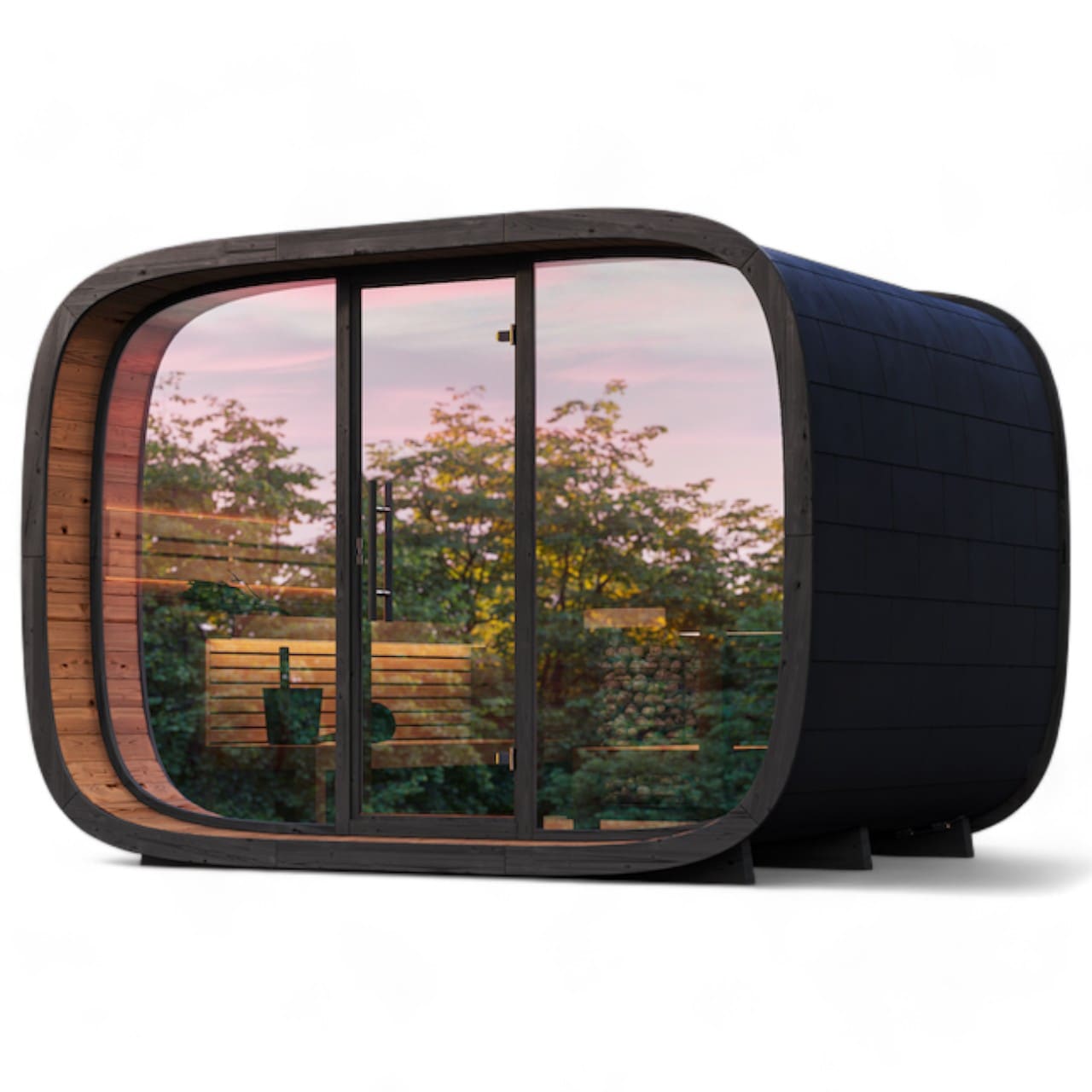
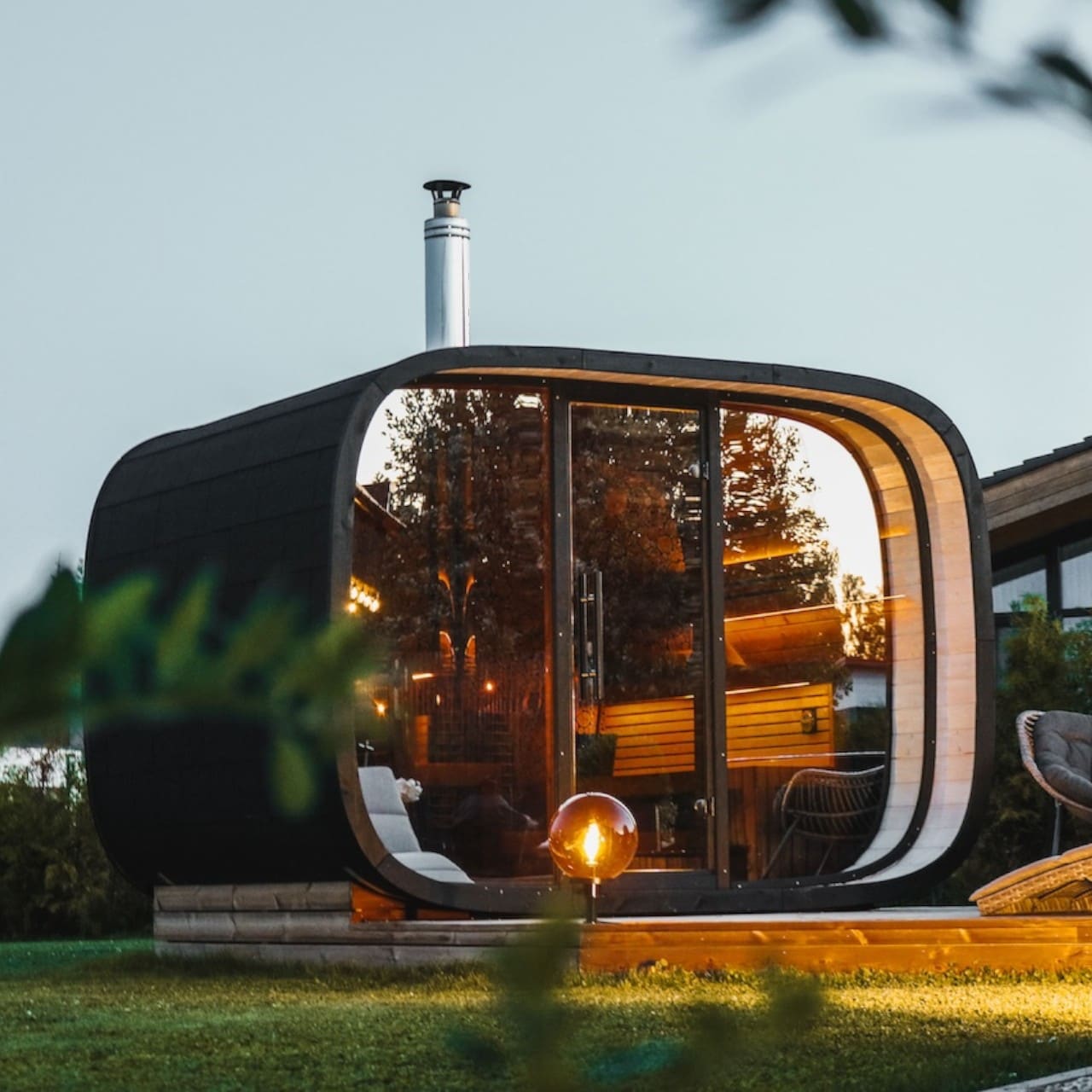
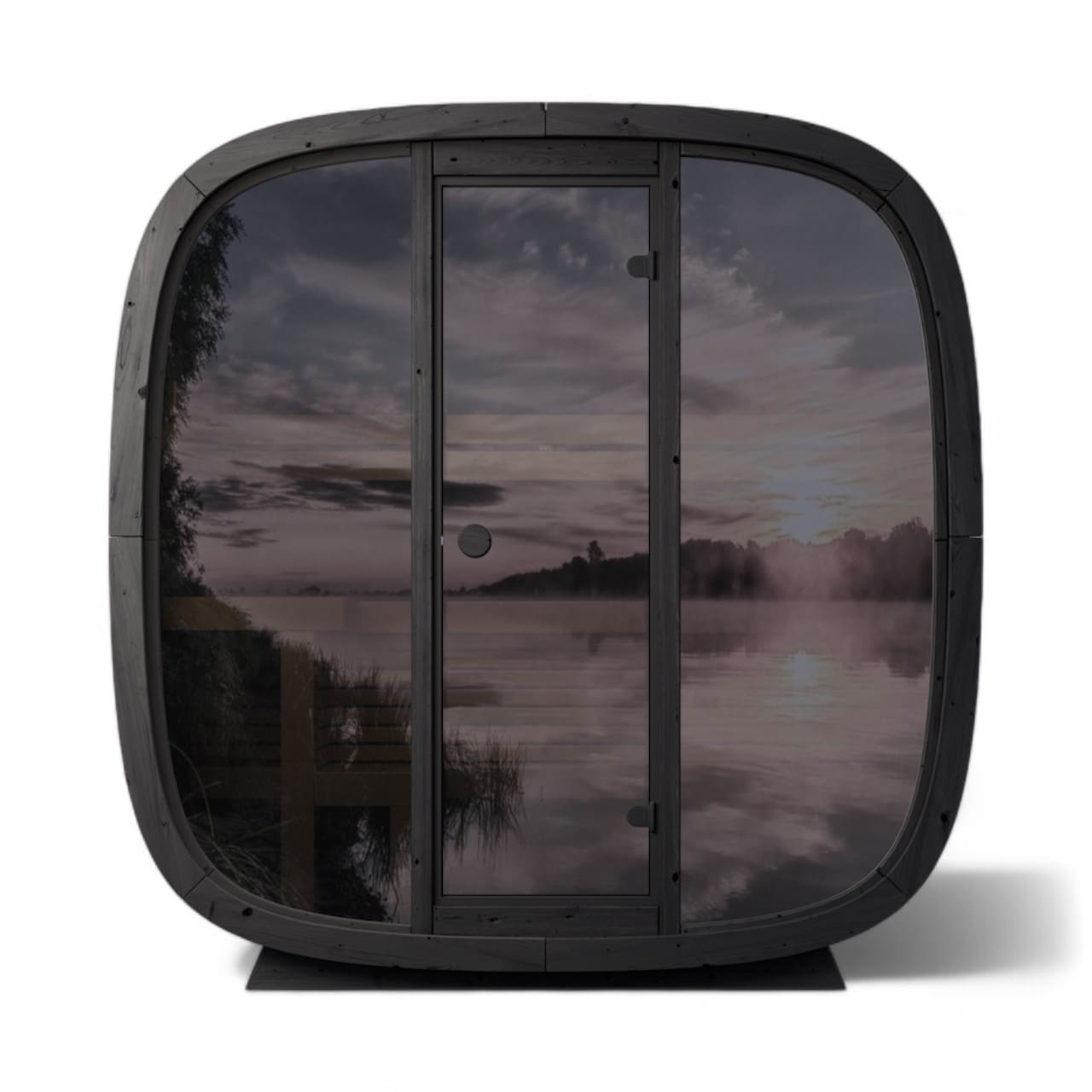
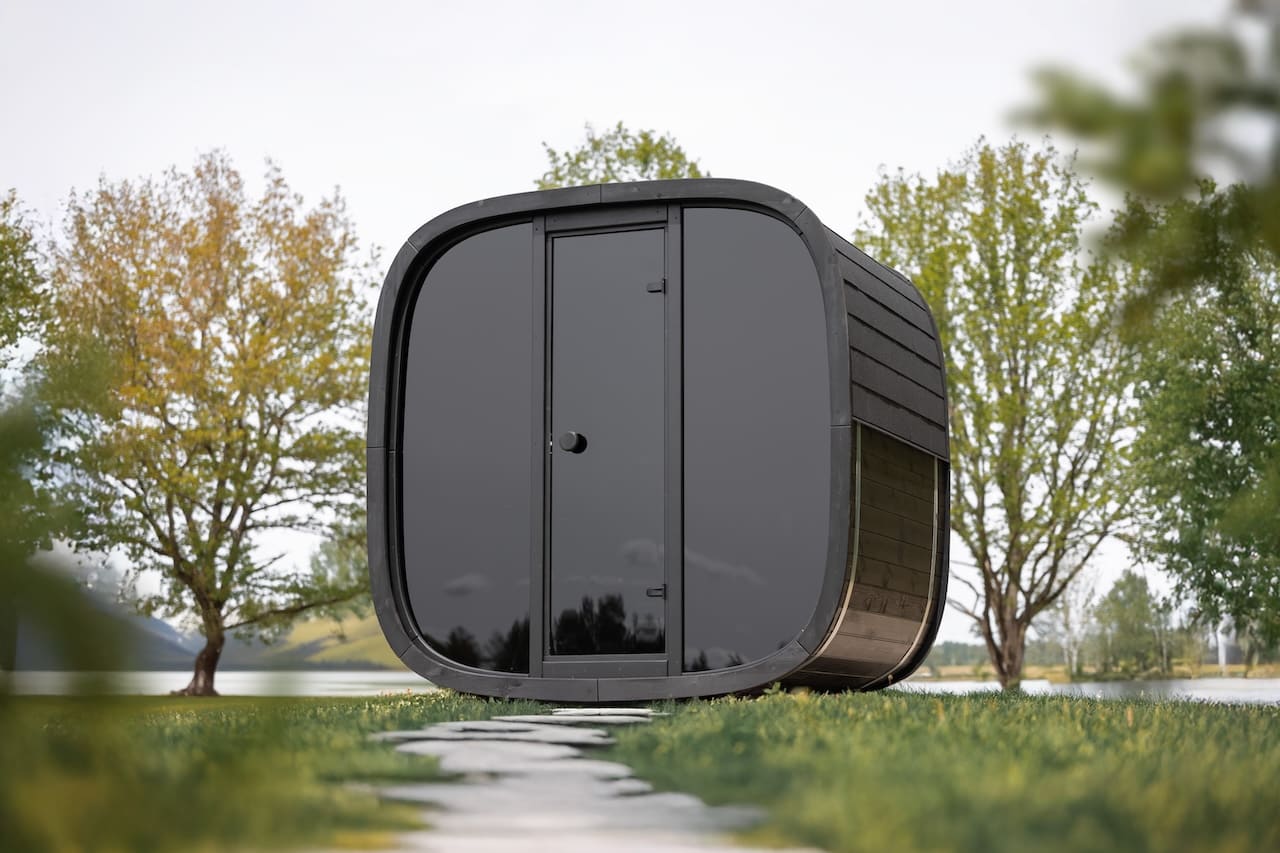
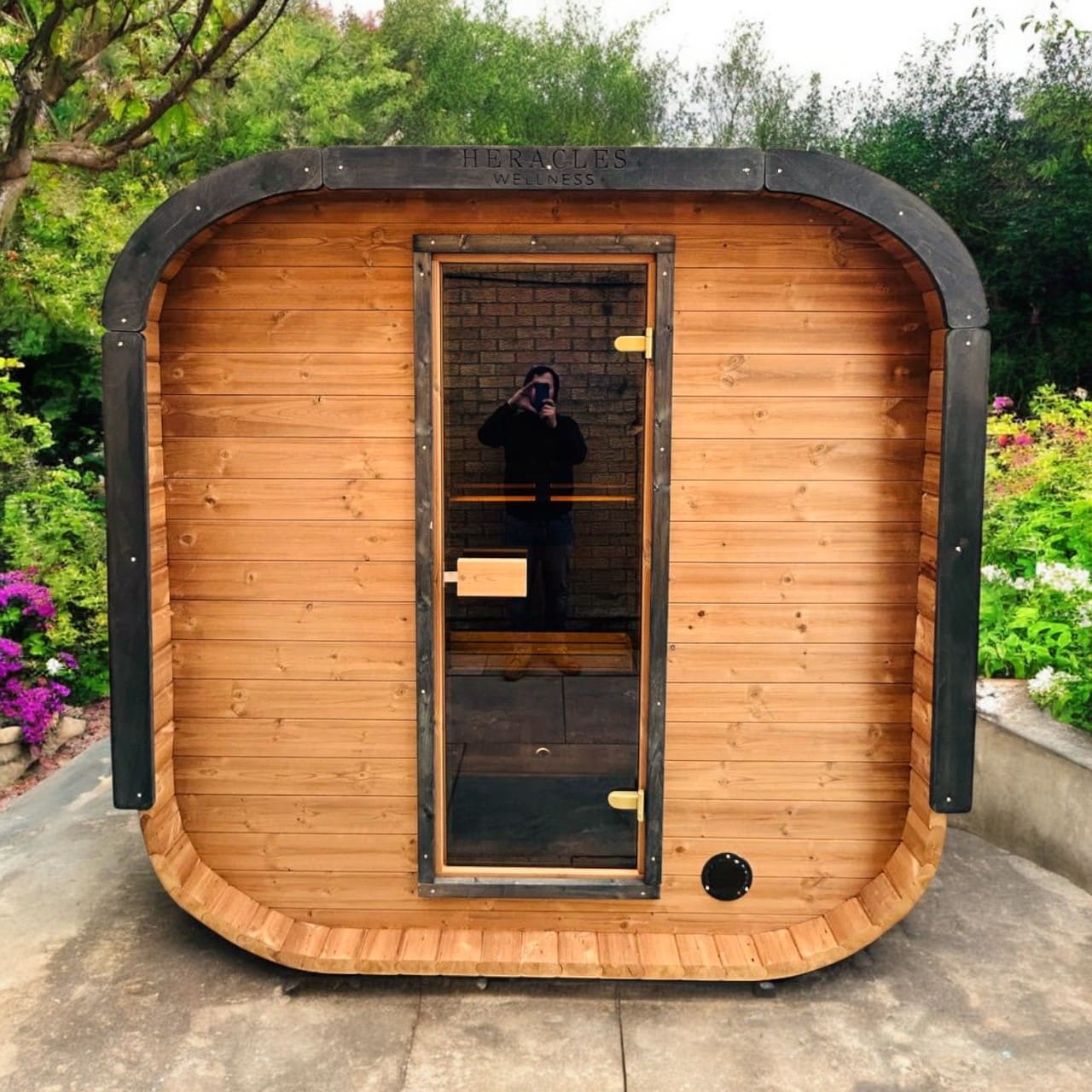
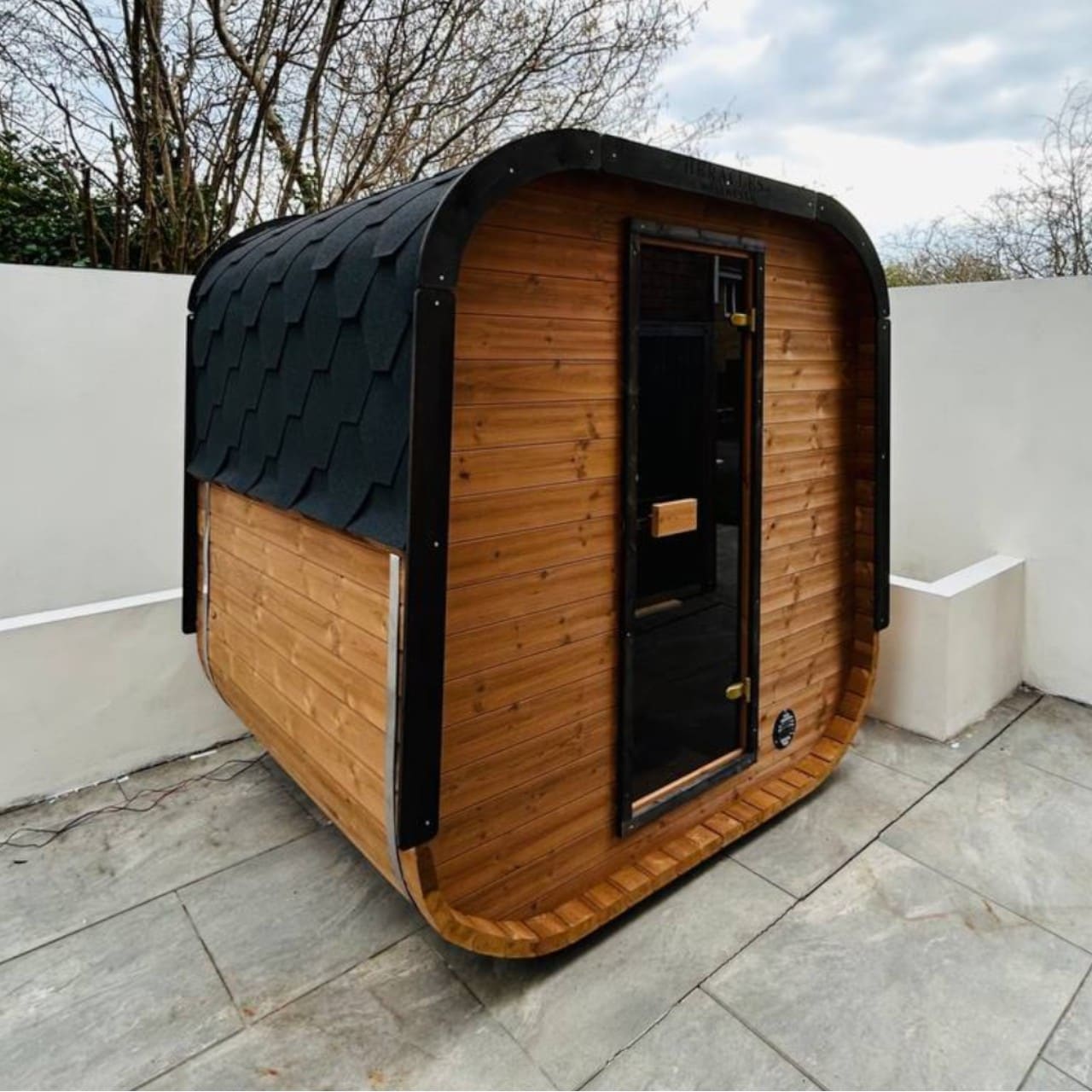
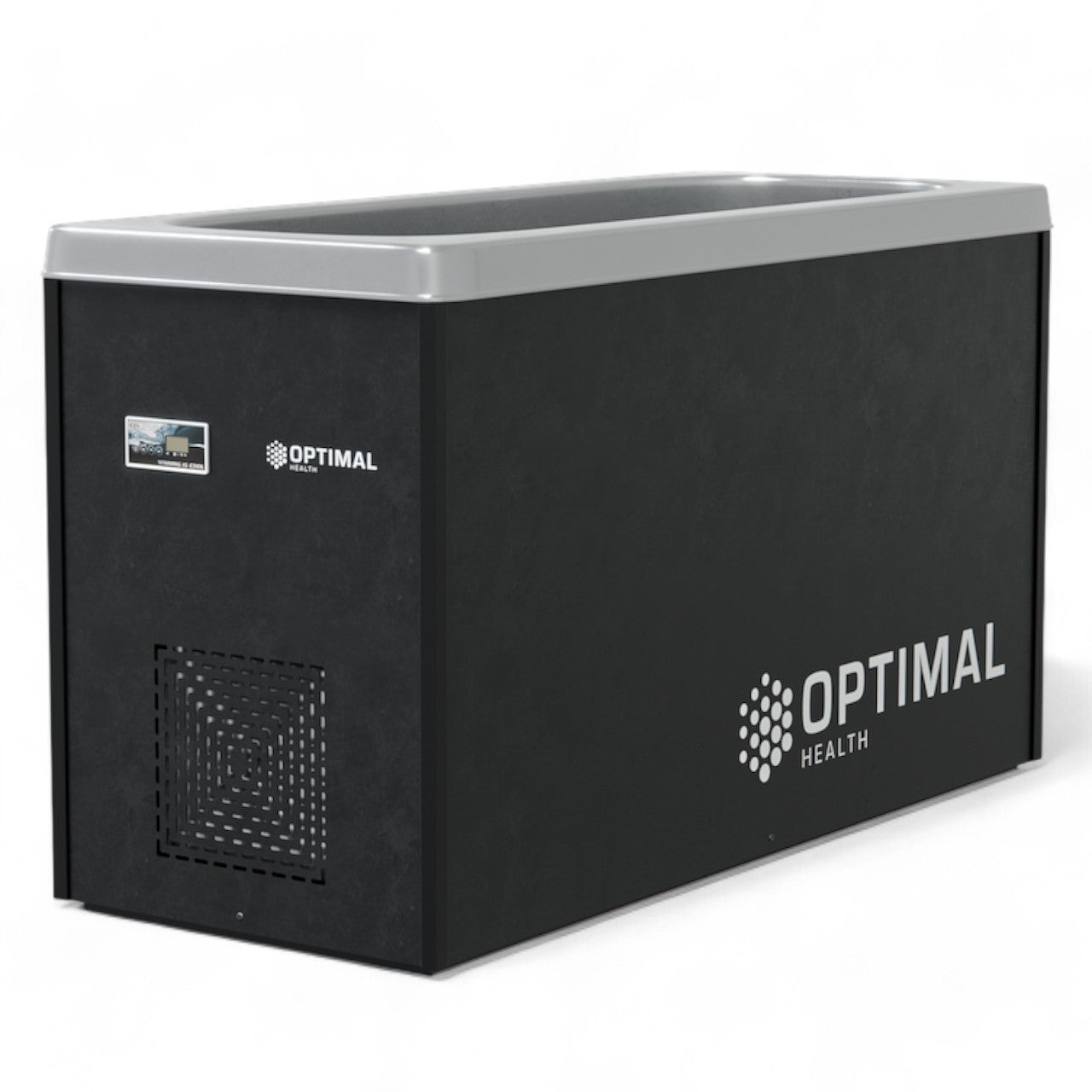
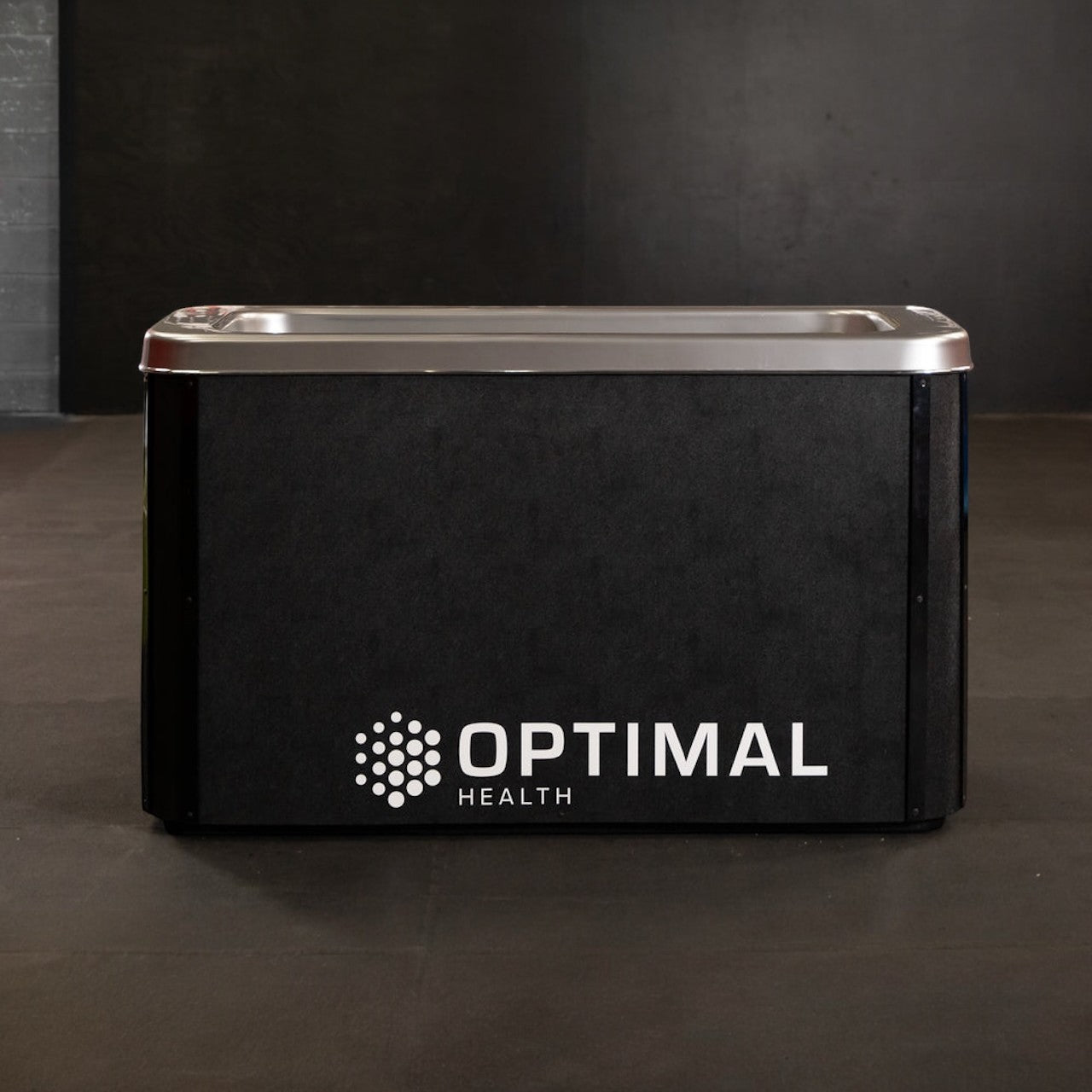
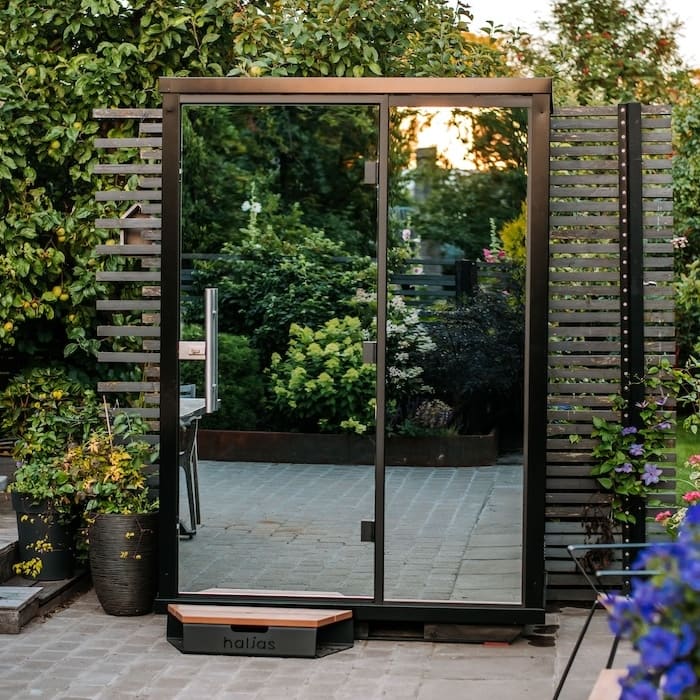
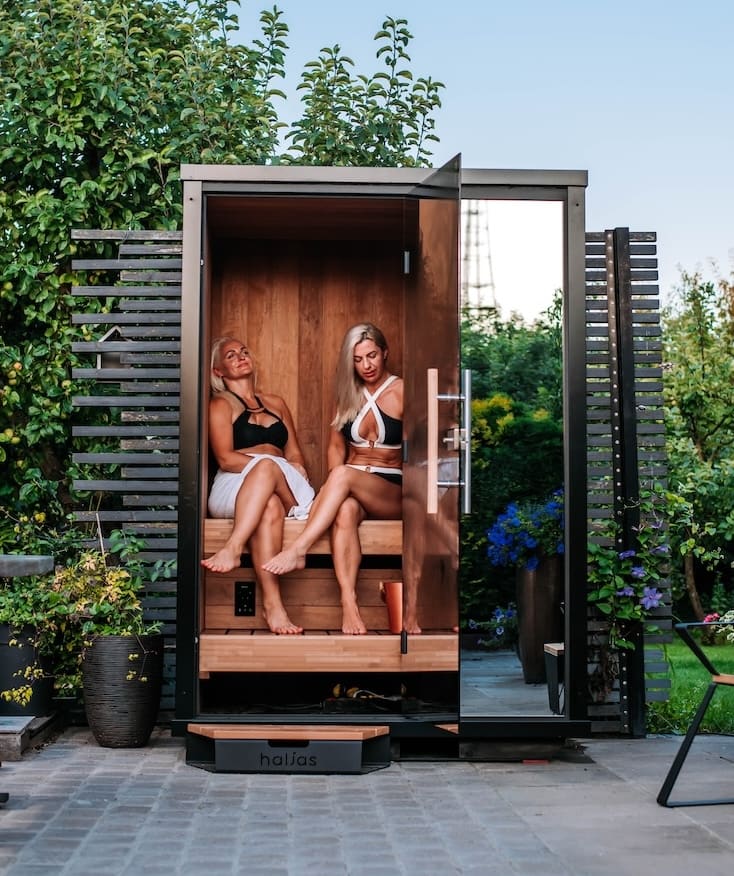



Leave a comment